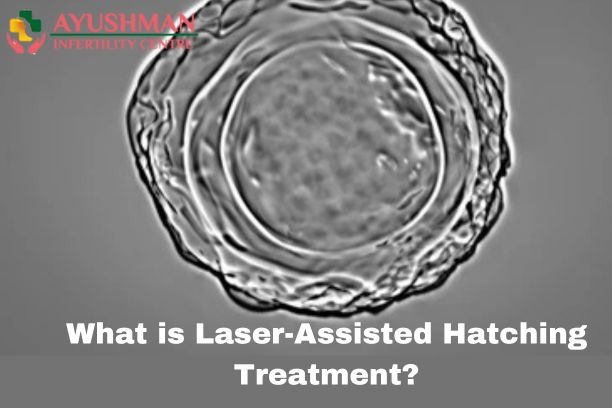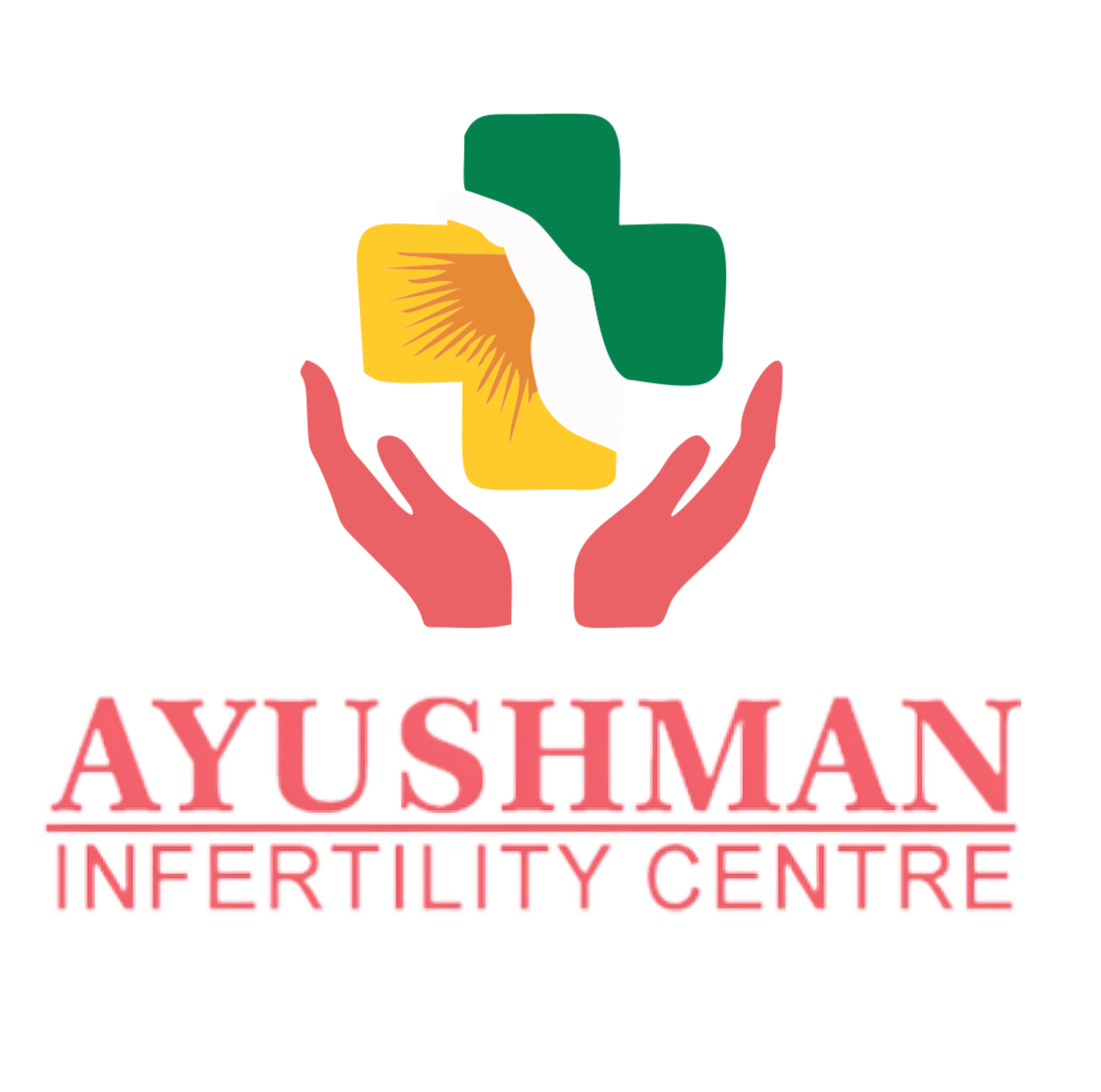
What is Laser-Assisted Hatching Treatment?
During In Vitro Fertilization (IVF), a healthy embryo is carefully nurtured in a laboratory setting before being transferred to the uterus for implantation. Surrounding the embryo is a protective shell called the zona pellucida. Ideally, this shell naturally hatches on its own, allowing the embryo to implant in the uterine lining and establish a pregnancy.
However, in some cases, the zona pellucida can become thickened or hardened. This can make it difficult for the embryo to hatch, hindering implantation and reducing the chances of pregnancy. This is where Laser-Assisted Hatching treatment (LAH) comes in as a valuable tool.
Who Can Benefit from Laser-Assisted Hatching Treatment?
LAH can be particularly beneficial for patients who have:
- IVF failures: If you’ve undergone unsuccessful IVF cycles, LAH may improve implantation success in subsequent attempts.
- Advanced maternal age: Women over 37 are more likely to have eggs with a thicker zona pellucida. LAH can help overcome this natural age-related barrier.
- High FSH levels: Elevated levels of Follicle-Stimulating Hormone (FSH) can contribute to a thicker zona pellucida. LAH can address this issue.
- Poor ovarian response: Low Anti-Müllerian Hormone (AMH) levels or a low antral follicle count can indicate a poor ovarian response. LAH can be a helpful option in such cases.
- Low fertilization rates: If previous IVF cycles resulted in low fertilization rates (less than 30% of embryos fertilized), LAH may improve outcomes.
- Limited embryos: When there are only a few viable embryos available, LAH can help maximize the chance of implantation.
How Does LAH Work?
Laser-assisted hatching treatment is typically performed on day 3 or 5 of embryo development in the lab. Using a specialized laser, embryologists create a small opening in the zona pellucida. This precise procedure utilizes low-intensity laser pulses directed away from the embryo itself, ensuring minimal manipulation and maximizing safety. The entire process takes just a few seconds, minimizing the time the embryo spends outside the incubator.
Advantages of LAH:
- Enhance Accuracy: Compared to other assisted hatching techniques, LAH offers superior precision due to laser technology.
- Reduce Risk of Damage: The non-invasive nature of LAH minimizes the risk of accidental damage to the embryo during manipulation.
- Improve Safety: Computer-controlled lasers ensure consistent and safe application of the procedure.
LAH: A Potential Path to Pregnancy Success
Studies have shown that Laser-assisted hatching treatment can increase pregnancy rates in specific patient groups. While LAH doesn’t guarantee success, it can be a valuable tool for overcoming implantation challenges. Your fertility specialist can assess your circumstances and determine if LAH could benefit your IVF journey.
Understanding ICSI: A Complementary Technique
Intracytoplasmic Sperm Injection (ICSI) is a separate procedure used to address male infertility. ICSI involves injecting a single sperm directly into the egg cytoplasm, achieving fertilization even with a minimal sperm count. While ICSI tackles fertilization challenges, LAH focuses on improving implantation success. Both procedures can work together to enhance the overall IVF success rate for couples facing infertility.
Conclusion
A successful pregnancy relies on a smooth hatching process. Laser-assisted hatching treatment offers a ray of hope for couples struggling with implantation issues or failed IVF cycles. By assisting the embryo in hatching, LAH can pave the way for a successful pregnancy, especially for patients with a higher risk of implantation failure. This safe and precise procedure can significantly increase your chances of achieving a healthy pregnancy and fulfilling your dreams of parenthood.
Leave a reply
Leave a reply